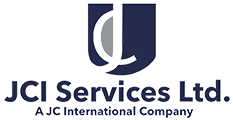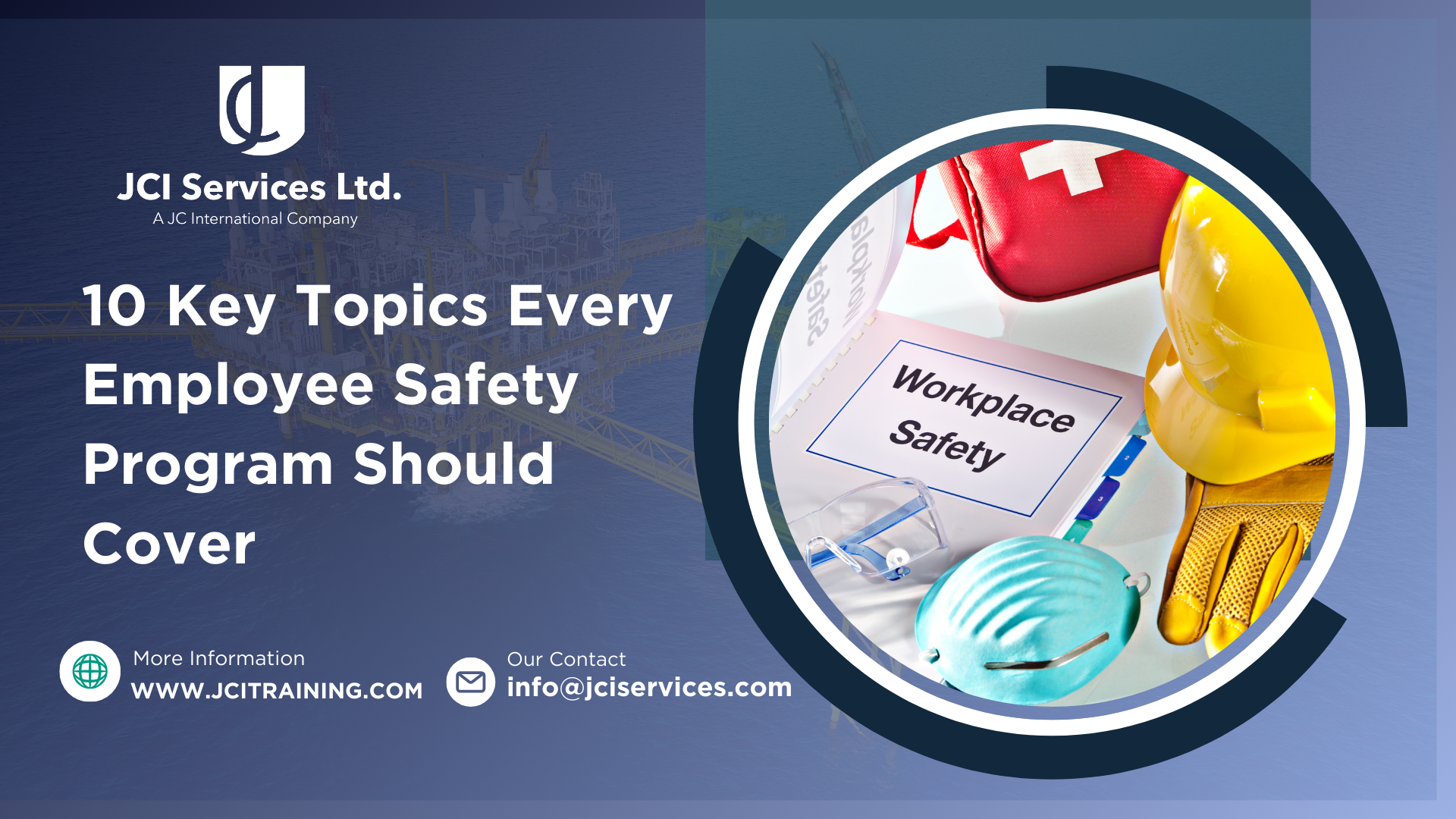A robust employee safety program does more than just meet regulatory requirements. it protects lives, reduces downtime, and builds a culture of accountability. Regardless of your industry, from oil and gas to construction or manufacturing, certain foundational safety topics must be part of your employee training.
Here are 10 essential topics that every employee safety program should cover:
1. Hazard Identification and Risk Assessment
The ability to recognize and assess workplace hazards is the first step to preventing incidents. Employees should be trained to spot unsafe conditions, evaluate risk levels, and take proactive steps to control or report hazards before they escalate.
2. Basic First Aid and CPR
Immediate response can save lives before emergency services arrive. Employees should be trained in basic first aid procedures, including how to treat burns, cuts, and fractures, as well as CPR for cardiac emergencies. Having first responders on-site is critical in high-risk environments.
3. Personal Protective Equipment (PPE)
Training must cover the correct selection, use, maintenance, and limitations of PPE. Employees should understand when PPE is required, how to inspect it, and how to properly wear gear such as helmets, gloves, respirators, safety boots, and harnesses.
4. Emergency Preparedness and Response
Employees must know how to respond to emergencies such as fires, chemical spills, explosions, or medical incidents. Training should include evacuation routes, use of alarms, emergency contact procedures, and designated assembly points.
5. Safe Lifting and Manual Handling
Manual handling injuries are among the most common workplace incidents. Employees should be taught proper lifting techniques, body positioning, and when to use mechanical aids or request assistance to avoid strain injuries.
6. Working at Heights
Falls remain one of the leading causes of workplace fatalities. Training should cover fall prevention techniques, use of fall arrest systems, ladder safety, and inspection of harnesses, lanyards, and anchor points.
7. Confined Space Entry
Working in confined spaces introduces serious risks like toxic gases, oxygen deficiency, and restricted exits. Training should include atmospheric testing, entry permits, proper PPE, communication, and emergency rescue procedures.
8. Fire Safety and Prevention
Every employee should know how to identify fire hazards, use fire extinguishers correctly, and follow fire evacuation plans. Training should also cover the safe handling and storage of flammable materials.
10. Incident Reporting and Investigation
Employees must be encouraged to report all incidents and near-misses. Training should focus on what to report, how to report it, and why it’s vital for improving workplace safety. Incident investigations help uncover root causes and prevent repeat occurrences.

